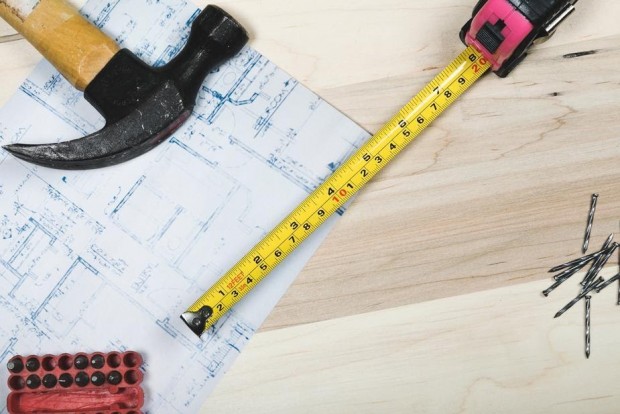5 Things to Consider When Retrofitting Your Home for Elderly Parents
- (Photo : 5 Things to Consider When Retrofitting Your Home for Elderly Parents)
As your parents age, they may no longer be safe living on their own. But with senior retirement homes an expensive and impersonal living alternative, you may have no choice but to invite your parents to live with you.
Is your home ready? Invisible hazards may be a threat to your parents' health safety.
Below, find some tips, equipment, and words of advice for creating a senior-friendly home.
1. Search for Hazards
As we age, our mobility and reaction times gradually decrease, making it challenging to navigate a crowded home. Remember this as you look at the layout of your house.
Go room-by-room to assess of your space. If they have an occupational therapist, consider inviting them to your home so that they can share any of their professional advice. You'll want to remove unnecessary furniture, rugs, and other belongings that could pose a tripping hazard for your parents.
2. Install Safety Railings
Grab bars and railings are simple additions that can vastly increase the safety of your home. Make sure to install them at every staircase in and outside your home, including those stairs with only one or two steps. While larger staircases may seem like the bigger hazard, it only takes one step to cause a fall.
Your bathroom likely needs a few of these railings as well. As one of the most dangerous rooms for seniors, your washroom may need grab bars at the toilet, bathtub, and shower.
Wherever you put these accessibility tools, always make sure they're quality guaranteed to ensure they withstand regular use, and once installed, pull on them with your full strength to verify they'll hold up.
3. Renovate Your Bathroom
If your parents have significant mobility issues, railings and grab bars may not be enough. They may still struggle getting in and out of the raised bathtub or shower.
At this point, you may want to consider renovating your bathroom to remove these barriers. Many walk-in showers or bathtubs with low entry come with anti-slip surfaces that pair perfectly with shower chairs and other accessibility tools.
4. Focus on Fire Safety
Sadly, people over the age of 65 make up 18% of fire-related deaths and 7% of fire-related injuries. Like others with reduced mobility, they face barriers that prevent them from making a swift exit to safety in emergencies.
While it may be hard to think about, consider your parents' fire exit plan. If they struggle to descend stairs on their own, you'll want to keep a stair evacuation chair near each staircase.
A fire evacuation chair helps them exit a multi-storied home, apartment complex, or condo in the unlikely event of a fire, flood, earthquake, or any other emergency.
5. Widen Doors
Your existing doors may be too narrow for your parents if they rely on wheelchairs or walkers. While widening them is an option, it takes significant renovations. A far easier and economical solution is to install expandable offset door hinges.
Once set up, these hinges allow the door to swing out two inches beyond the usual clearance of the average door, giving your parents ample room to move through your home.
Bottom Line
Inviting your parents to live with you doesn't mean you have to tear down your house to studs to make sure they're safe. You can eliminate hazards simply by adding accessibility tools where they're needed most.

















